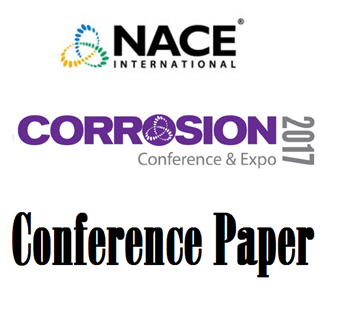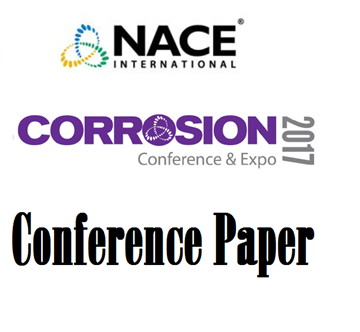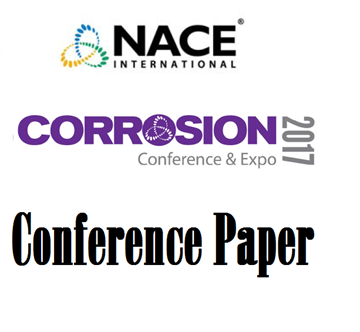Search
51317--9590-Assessment of Aging Mechanisms for Steels in Spent Nuclear Fuel Dry Storage Systems
Also Purchased
51317--9595-Application of Permasense Real-time Ultrasonic Thickness Monitoring at The Geysers
Product Number:
51317--9595-SG
ISBN:
9595 2017 CP
Publication Date:
2017
$20.00
51317--9497-Corrosion Evaluation of Alloys For High Temperature Service in Molten Fluoride Salt Cooled Reactors
Product Number:
51317--9497-SG
ISBN:
9497 2017 CP
Publication Date:
2017
$20.00
51317--9572-Comparison of Corrosion Management Strategies of RC Structures Using a Reliability-Based Approach
Product Number:
51317--9572-SG
ISBN:
9572 2017 CP
Publication Date:
2017
$20.00




